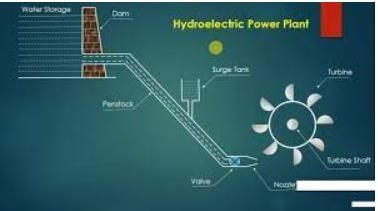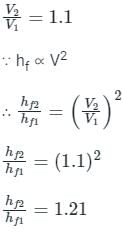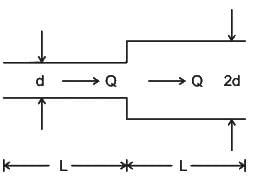Test: Darcy Weisbach Equation - Civil Engineering (CE) MCQ
10 Questions MCQ Test - Test: Darcy Weisbach Equation
Head loss due to friction in water flow through penstock can be minimised by
Friction factor in Darcy’s Weisbach formula is ________.
A pipe 100 mm in diameter and 981 m long delivers water at a velocity of 1.0 m/s. The loss of head, when the coefficient of friction in pipe f = 0.0008, is
When flow velocity in a pipe is increased by 10%, the loss of head due to friction increases by
For a fully–developed flow of water in a pipe having a diameter 10 cm, velocity 0.2 m/s, and kinetic viscosity 10-5 m2/s, what is the value of the Darcy friction factor?
Two pipelines of equal length are connected in series. The diameter of the second pipe is two times that of the first pipe, the ratio of head loss between the first and second pipe is
The pressure head loss experienced by fluid flow due to friction in a pipe reduces with
The head loss due to friction in a pipe of 1 m diameter and 1.5 km long when water is flowing with a velocity of 1 m/s is
(Darcy’s friction factor f = 0.02 and acceleration due to gravity g = 10 m/s2)
The pressure drop for a relatively low Reynolds number flow in a 600 mm diameter, 30 m long pipeline is 70 kPa. What is the wall shear stress?
A fluid of dynamic viscosity 2 × 10-5 kg/ms and density 1 kg/m3 flows with an average velocity of 1 m/s through a long duct of rectangular (25 mm × 15 mm) cross-section. Assuming laminar flow, the pressure drop (in Pa) in the fully developed region per meter length of the duct is ___________



 ; where F = Darcy's friction factor = 4f ; where f = friction coefficient
; where F = Darcy's friction factor = 4f ; where f = friction coefficient



































